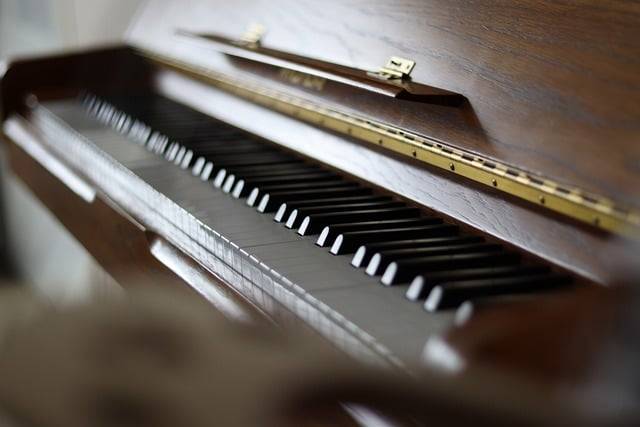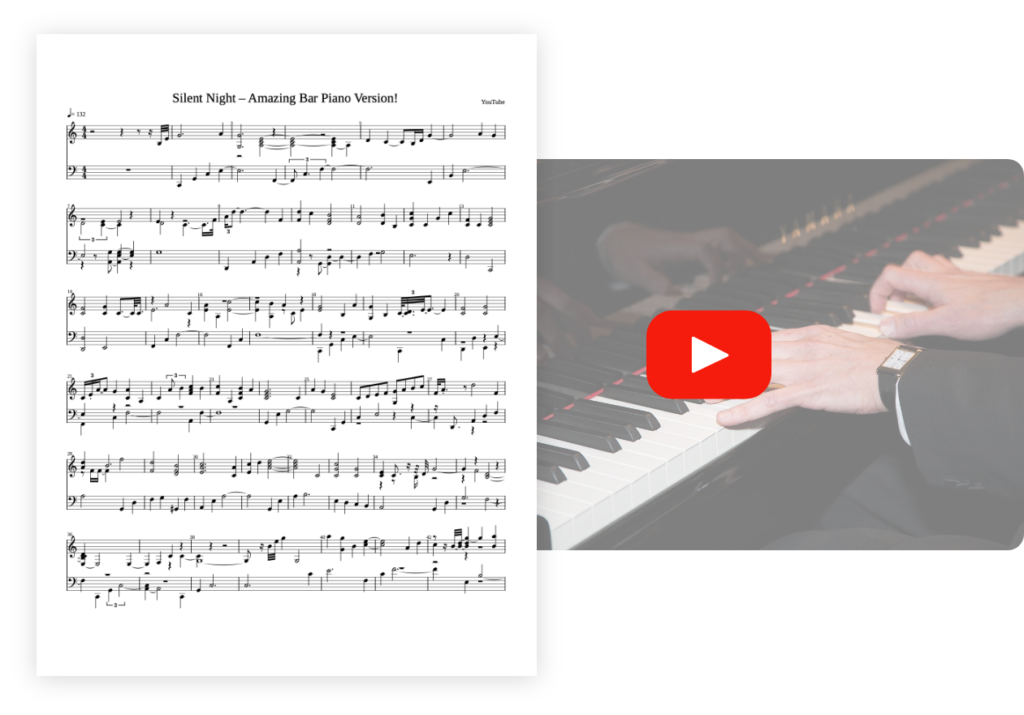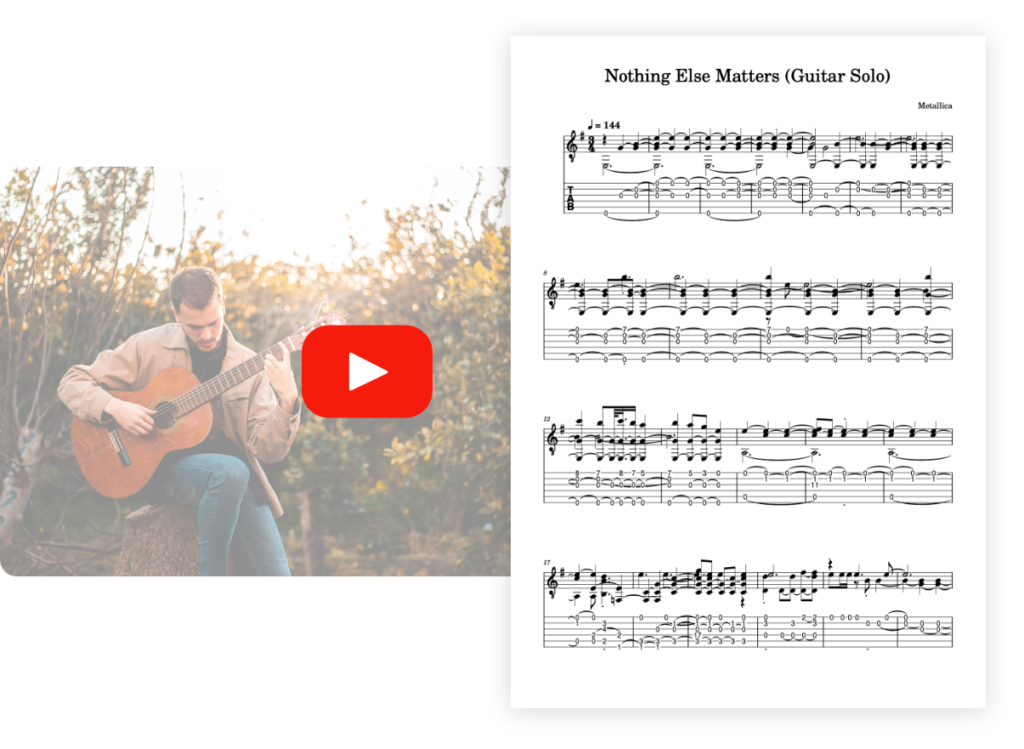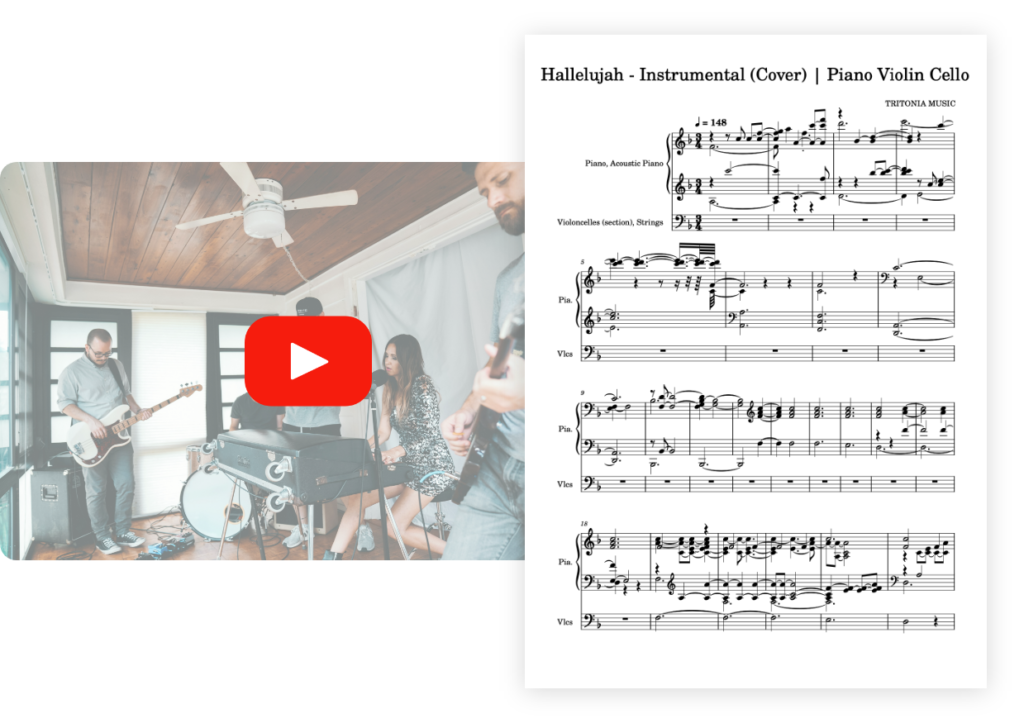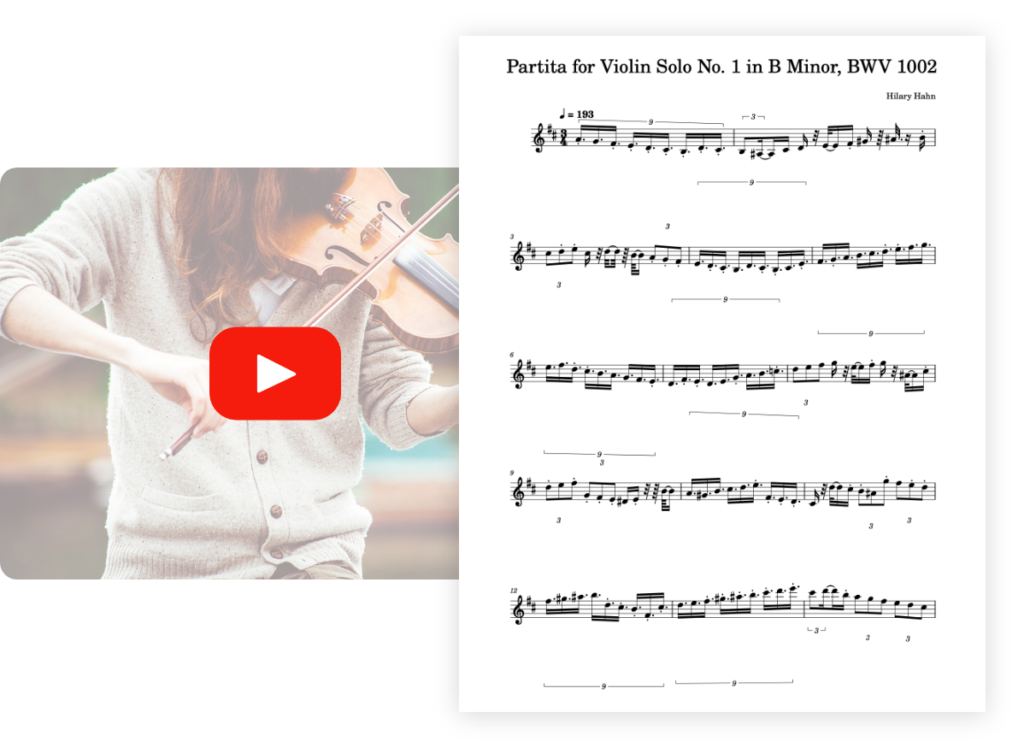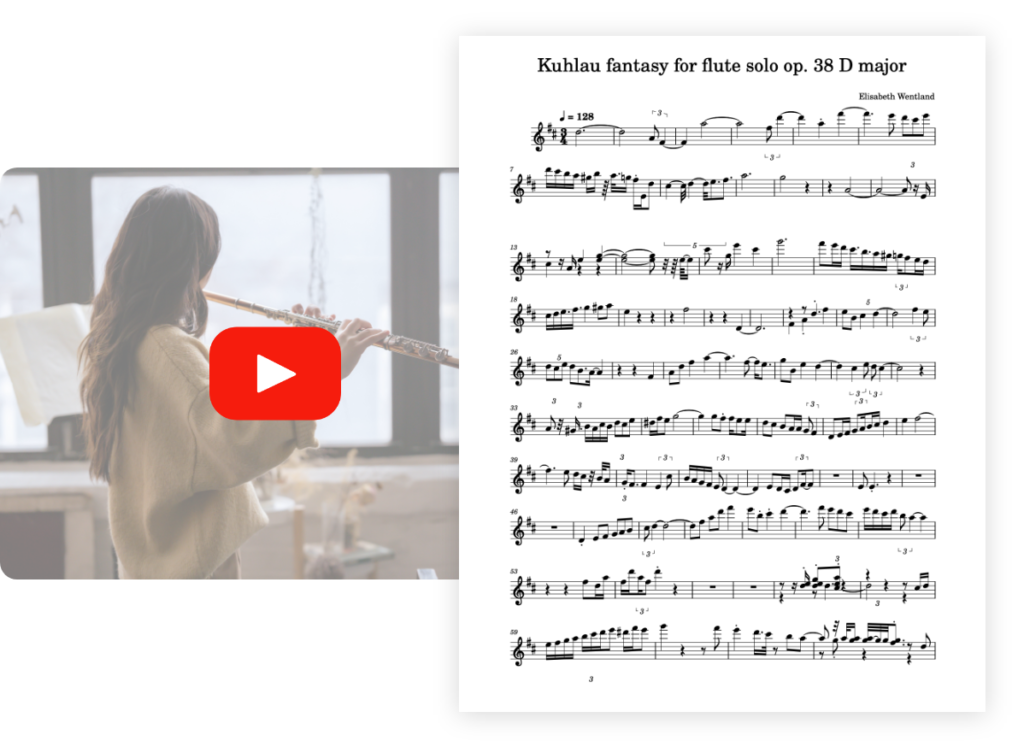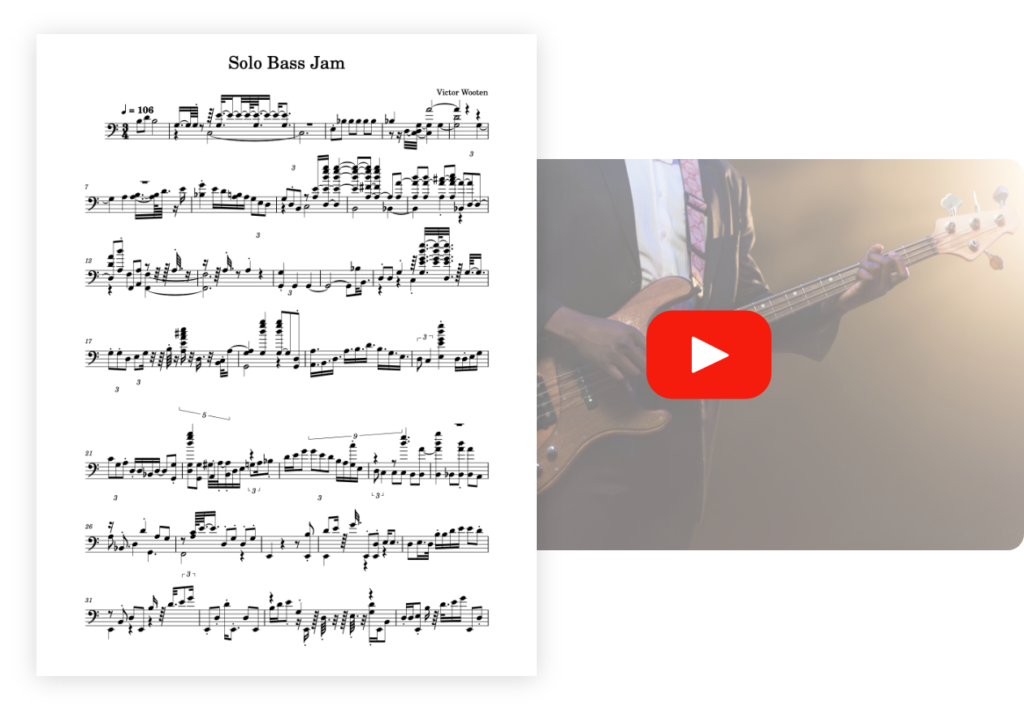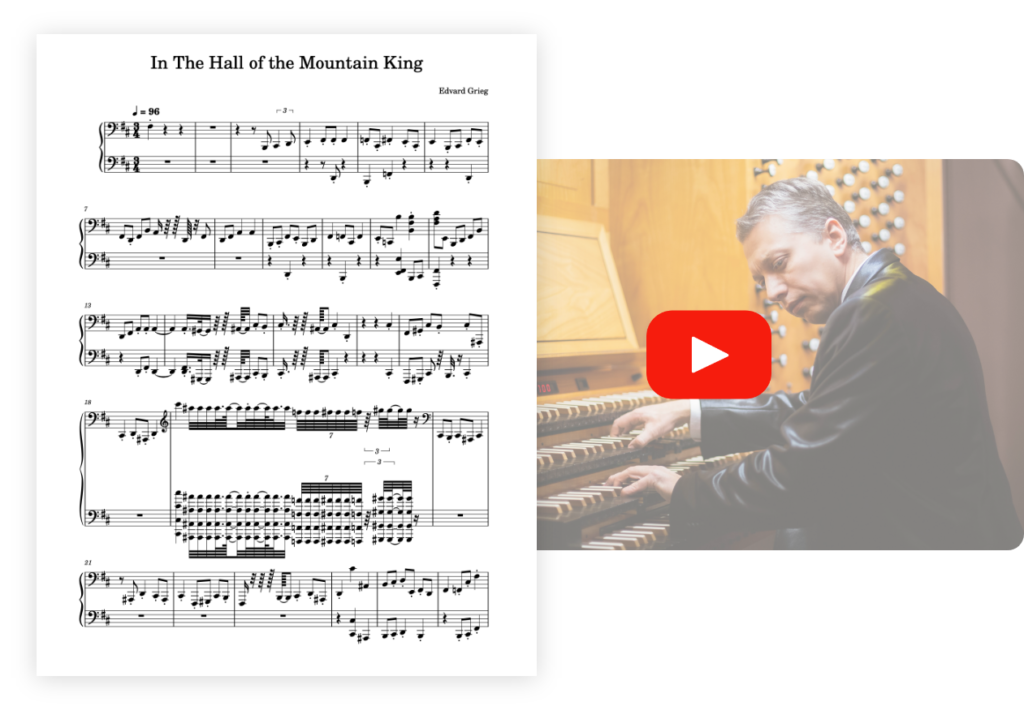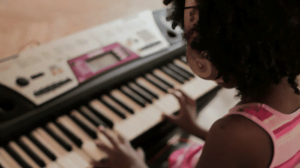The piano is a complex and delicate musical instrument that requires regular maintenance to maintain its functionality. When this guideline is well followed, this instrument can last decades, even centuries. If you are considering purchasing a used model, it is important to know how to evaluate the quality and condition of it before making your purchase. Here are some tips to help you in this process.
Check the mechanical condition and wear of the internal parts of the piano
To evaluate the condition of the piano, start by inspecting the tuning pins. These components must show unyielding solidity to ensure the stability of the tuning. Significant wear can compromise the quality of sound.
Next, pay attention to the action, especially the hammers. When these are too worn, they have a flattened surface, which affects their ability to produce clear and precise notes. Similarly, dampers in poor condition tend to generate undesirable resonances.
The strings should not show signs of rust or weakening. It is also crucial to check the dampers. These allow the sound of the strings to be muted when the keys are released. They can wear out over time, which can lead to undesirable buzzing. It is preferable to choose instruments that are regularly maintained, such as used Steinway pianos renovated by Baudry Pianos to avoid these inconveniences.
Do not overlook the importance of a thorough inspection of all the internal parts of the instrument. Worn or damaged parts can not only decrease the sound quality but also increase repair costs.
Examine the sound quality and tuning of the piano
After a thorough examination of the mechanical components, your attention should turn to assessing the sound quality and tuning of the piano. Test each key to detect any irregularities in response or in the sound produced. A note should resonate clearly without excessive vibration or undesirable noise. This indicates the good condition of the hammers and strings. Variations in the volume or quality of the melodies played often reveal problems.
Furthermore, a well-maintained piano should keep its tuning even after years of use. Listen carefully to the octaves and harmonies. Marked dissonances suggest that the instrument will require professional adjustment. This can lead to additional costs.
Consider the help of a piano technician to evaluate the instrument. Their expertise can reveal defects not apparent to a non-specialized observer. This professional will inspect the piano thoroughly, providing an accurate estimate of its condition and any necessary repairs.
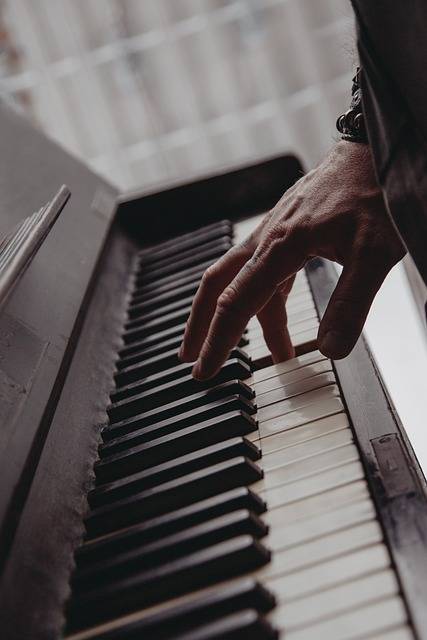
Inspecting the Instrument for Any Aesthetic or Structural Damage
When acquiring a used piano, you should pay close attention to the varnish, the casing, and the keyboard. Sometimes, cracks can indicate much more severe problems. Similarly, damaged keys or defects in the lacquer often suggest a lack of maintenance.
The stability of the stand must also be checked. A piano must rest solidly on its legs. Instability can affect the overall alignment of the instrument, altering the precision of the notes. If you detect any wobbling, this may require repairs.
Do not hesitate to ask questions about the piano’s age, its history of previous owners, and most importantly, about the maintenance and refurbishments it has undergone. Also inquire about the frequency of tunings and professional services the musical instrument has received. This information will give you a deeper insight into its general condition and the expenses you may have to incur.





 PianoConvert
PianoConvert
 GuitarConvert
GuitarConvert
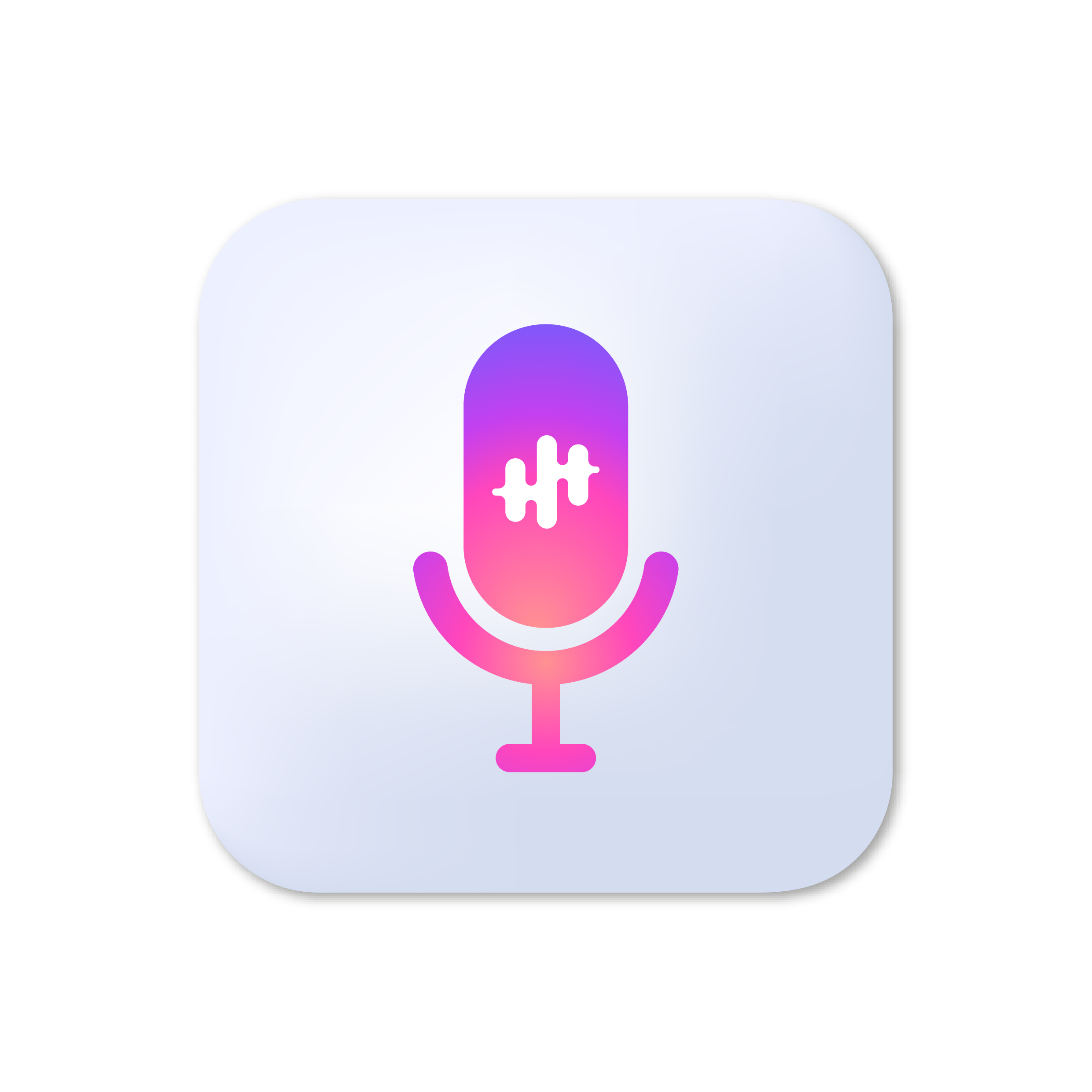 SingConvert
SingConvert
 BandConvert
BandConvert
 DrumConvert
DrumConvert
 ViolinConvert
ViolinConvert
 SaxConvert
SaxConvert
 FluteConvert
FluteConvert
 BassConvert
BassConvert
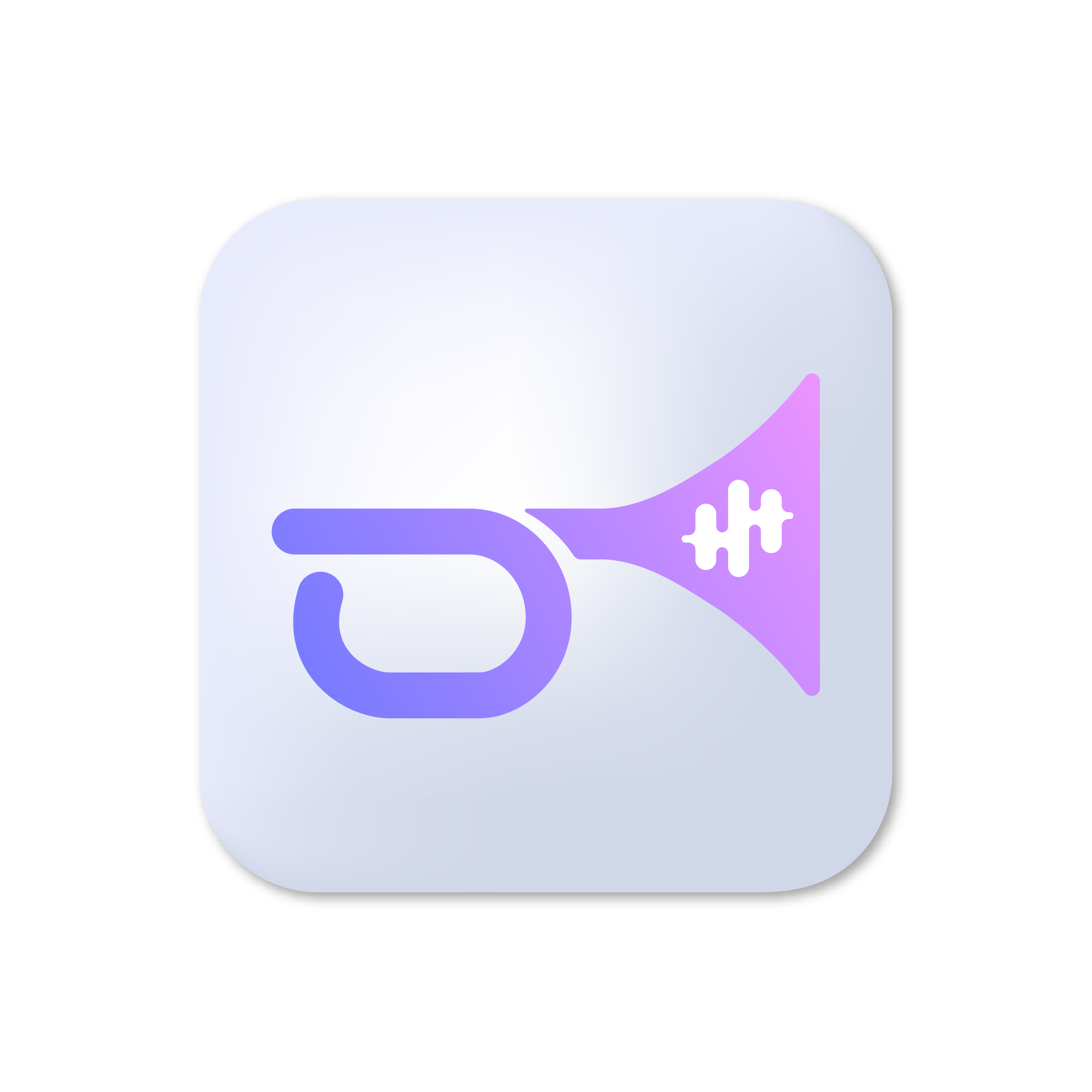 TrumpetConvert
TrumpetConvert
 OrganConvert
OrganConvert
 PianoGo
PianoGo
